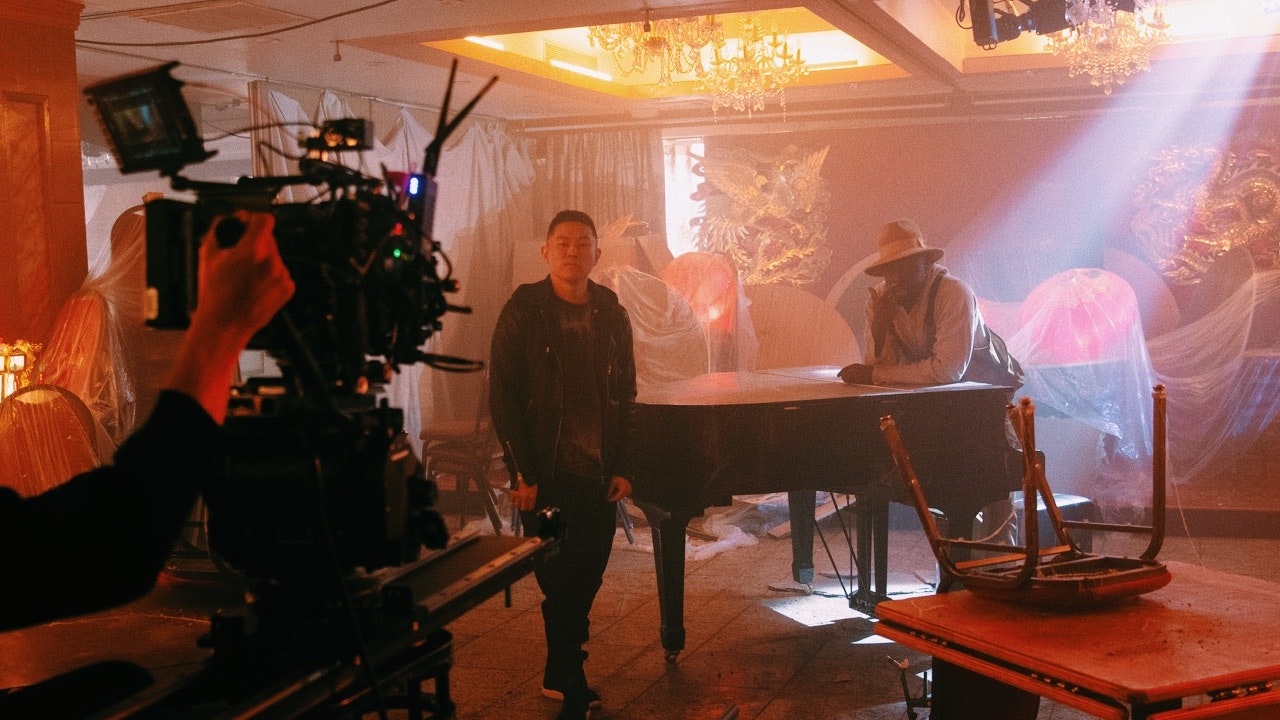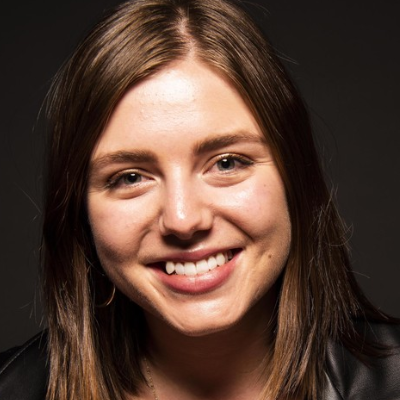When the phone rang, filmmaker Bao Nguyen had plans to say “no,” regardless of the idea on the other end. “To be honest, I was so busy,” confesses Bao. “I didn’t think there was a way for me to fit any new project into my schedule.” Then he heard a story – and a song, by Wyclef Jean and MC Jin – that would inspire him to drop what he was doing and commit.
“Stop the Hatred,” the aptly titled single that got Bao on board in minutes, is a result of a collaboration, launched by The Asian American Foundation, between Wyclef and Jin — two old friends and musical legends in their own right — who reconnected after two decades to pen and perform the anthem of Black-AAPI unity and solidarity, following a spike in anti-Asian hate crimes across the U.S.
“I’ve done music videos before,” says Bao. “But when I was listening to the first verses from Jin, I got really emotional. I was thinking that our community and the movement right now needs an anthem, and this was the anthem that I wanted.”

Immediately, Bao reached out to his frequent creative partner, producer Tiffany Izzie Chang — and realized he had just under 24 hours to spin up a concept and get the production ball rolling. Luckily, Bao had no shortage of inspiration to work with for the NYC-based shoot. “I lived in New York for a long time, and I used to work in the Chinatown community,” says Bao. “I helped revitalize the community after 9/11. I was working as a community organizer, and I had really close ties there.”
So, he set his mind on the people who call Chinatown home. “I wanted to make a portrait of the community,” explains Bao. “This music video was a chance to humanize them in their joy, their glory, their memory, their sense of community.”
The video itself – watch it in full above – is constructed of three major threads: powerful shots of real Chinatown residents holding photos of their elders; contemporary protest shots and frustratingly similar archival footage; and intimate performance footage of Jin and Wyclef, both enveloped in a decaying ballroom.
That last motif was born out of Bao’s experience of a COVID-era Chinatown: “I had been seeing all these big ballrooms downtown in Chinatown being closed down,” explains Bao.

“It’s such an opposite visual of what I’m used to seeing in Chinatown, where you used to see crowds of people eating dim sum, or going to wedding banquets. I think it was this perfect environment to showcase a lot of the themes of what’s been going on in the community.”
To source the real Chinatown residents, Tiffany dipped into her contacts as a New York native. “It’s a decent number of my friends, and then their parents, and random people that they know,” she says, of the individuals featured on screen.
“The community has felt invisible for so long,” notes Bao. “I think they felt an opportunity to be seen, even just for a split second. A lot of people really showed their gratitude during the shoot, and then after, saying it meant so much for them to come and in a way, stand up for their elders by being in the music video.”

To shoot the ballroom sequences, Tiffany worked with Bao and the production designer Patricia Cruz Jamandre to find a real dim sum place as their backdrop, shooting on low-contrast TLS Canon K35 lenses, under the recommendation of DP Caleb Heller. “Working in Chinatown, with Chinatown vendors, really gave me a sense of inspiration,” says Bao.
“The restaurant we chose to shoot the performance scenes in had three floors,” adds Tiffany. “Bless them, they just let us wreck that third floor.”
It took just ten days for Tiffany, Bao, and rest of the crew to go from concept to boots-on-the-ground shoot, and the team still needed to find a way to stay cost-efficient while keeping compliance in line. “We weren’t able to have onsite testing, but another Chinatown friend of mine is a COVID officer, so she sourced two or three testing locations, geared toward Chinatown residents, that offered free testing,” Tiffany explains. “We just asked the crew to give up an hour of their day to go in and get tested for free. That really helped save a lot on cost.”

Once it was in the can, Bao and his team had to hustle to get it ready for the public. So the internal team turned to Vimeo for a time-efficient and budget-friendly post production option that helped them stay on track and share early cuts for media and other funding stakeholders. “We all use Vimeo for our projects,” says Eric Tu, Executive Producer on the project. “It just makes it easy to centralize our work, and it makes it simple for anyone, Vimeo user or not, to weigh in on the creative project.”
The end result — a powerful music video from top talent that’s racked up hundreds of thousands of views in just a few weeks — is something of a marvel, with fingerprints of love and personal connection evident throughout. And while it wasn’t always a no-brainer (”to be honest, if I didn’t like the song, I wouldn’t have done it,” confesses Bao) the project stands out as a bright spot for the uber-busy creative. “If you really have passion for a project, then you’ll find a way,” concludes Bao. “And you’ll end up making work that’s really empowering.”
